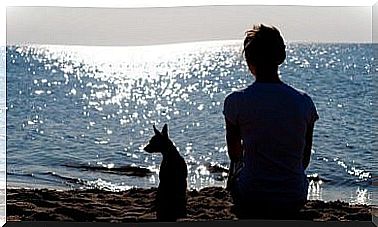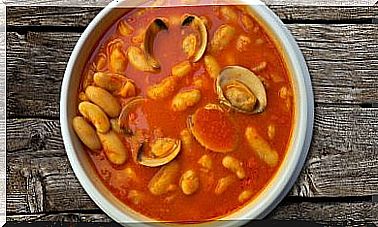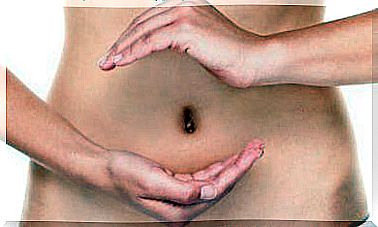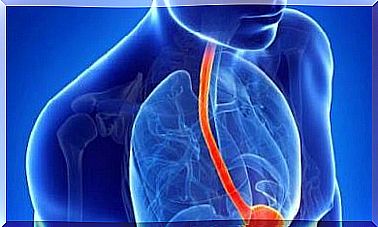Genu Varus Or Bow Legs: Why Does It Occur And How Is It Treated?
Bowlegs are a condition in which the natural or anatomical knee alignment s. Children who have it have an exaggerated curvature that separates the knees and brings the ankles and feet closer together.
Its technical name is genu varo . It comes from the Latin genu which means ‘knee’ and varus which means ‘moves away from the midline of the body’.
Bow legs are normal in babies up to one and a half years of age. They begin to straighten from 12 months or when they begin to walk.
If the legs do not straighten when they are between 2 and 3 years of age or if they arch more, consult the pediatrician. Here’s how a little bow-legged child is valued.
Are there other symptoms?
Bow-legged children sometimes walk with their toes pointed inward. This is called convergent gait and it can be a cause of their stumbling a lot.
This problem usually resolves without complications as children get older. However, when bowlegs continue into adolescence they can cause pain in the ankles, knees, or hips.
Main causes of bowed legs
Babies are born with bow legs due to the position they had during their development in the womb. Some of the bones turned a bit as they grew inside the womb to fit in such a small space.
This curvature is called physiological bow legs . It is considered a normal characteristic of growth and the natural process of development.
In some children, bowing of the legs is also may be due to fractures that did not heal properly.
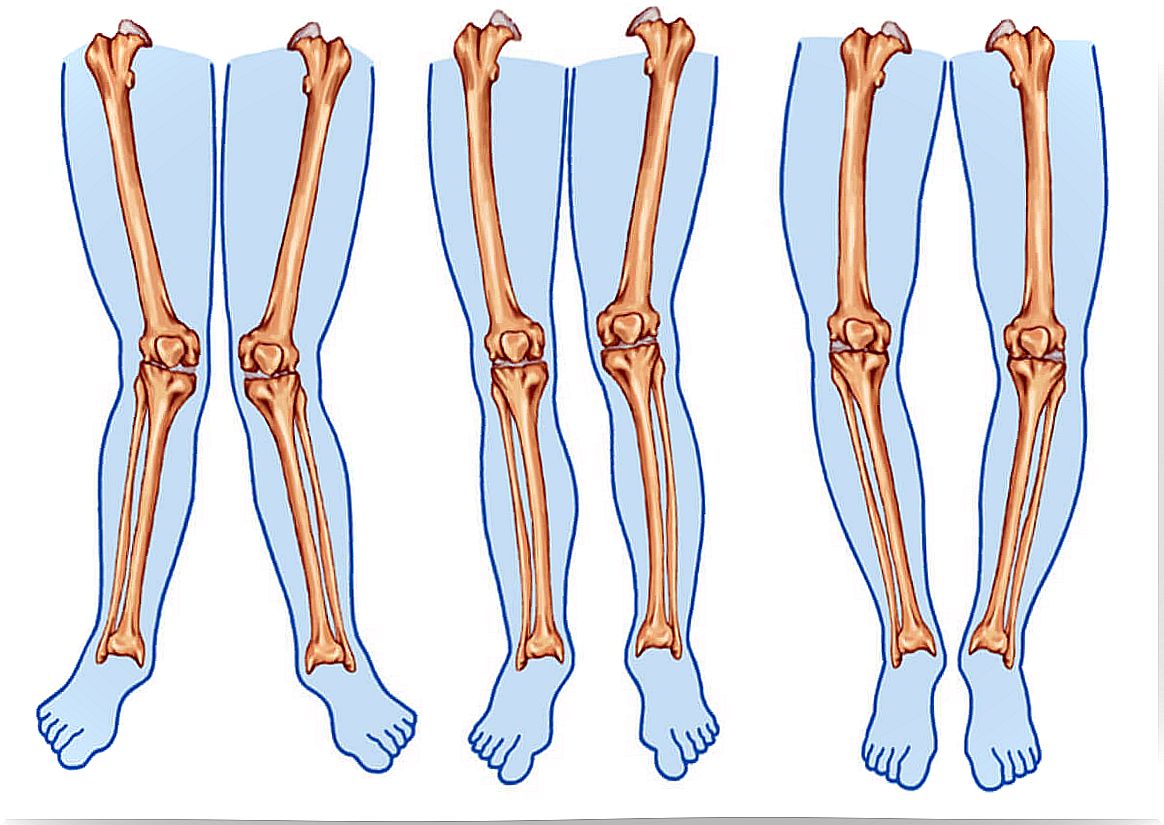
How is it diagnosed?
To determine if a child with bow legs has this feature as part of his development, the doctor will review the complete history. Usually, no tests are done if you have not fulfilled 2 years of age.
These steps are followed as part of the physical exam:
- Measure the distance between both knees with the child lying on his back.
- Observe how the child walks to determine gait abnormalities.
If there is no discomfort and your legs are bowed almost symmetrically, the doctor will only recommend observation. This is for parents to follow the child’s development and see if the arching improves over time.
Only in some cases is it necessary for an orthopedist to assess the child. The professional will determine if:
- The legs are not straightening naturally.
- The bow is asymmetrical (each leg has a different degree of bow).
- There are added symptoms such as weakness, pain, or difficulty walking and running.
If so, the doctor will request an x-ray if you suspect it is Blount’s disease . In this disorder the tibia turns inward. Is a growth disturbance of unknown cause which can get worse over time.
Another cause of bowed legs is rickets . In children with this disorder there is a vitamin D deficiency. To identify it, the orthopedist will order blood tests.
What is the bowleg treatment?
If the doctor determined that the arching is physiological, he will not indicate any type of treatment. The legs will correct themselves as the child grows. To corroborate that are straightening a visit to the doctor every 6 months is recommended.
There are two types of treatment to correct them. One is supported by orthotics and the other through surgery.
Non-surgical treatment
Some children may require orthopedic shoes or splints. This is reserved for little ones with a severe bow or who have Blount’s disease.
In patients with rickets, vitamin D is usually indicated and include more calcium in the diet. Increasing your exposure to sunlight is also recommended.
Surgical treatment
The orthopedist can determine if the degree of arching requires surgery. If it is a case of Blount’s disease, it is more likely that it requires a surgical approach.
This operation can be done from an early age. In special cases, it can be done once the growth has finished. This decision will depend on the severity of the tonnage and the benefits that can be obtained.
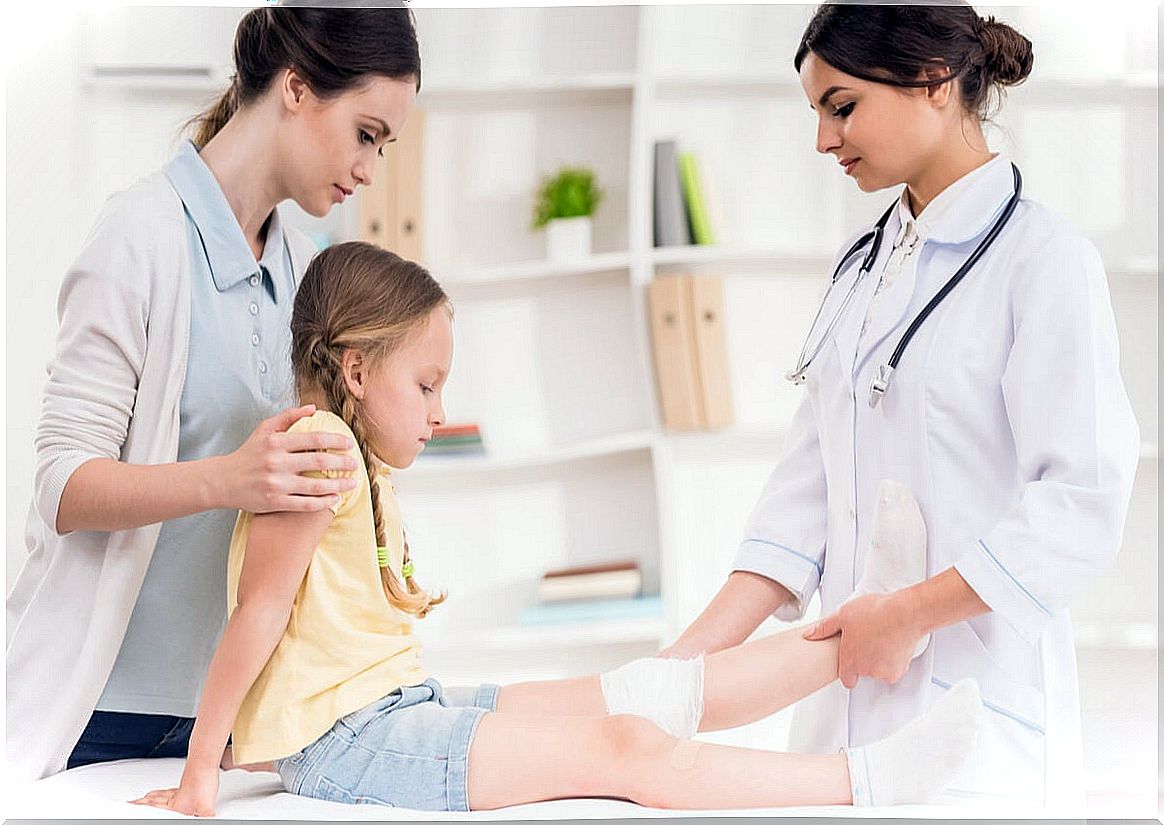
Recovery and prognosis
Since it can be part of development, there are no preventative measures for bowlegs. As explained before, in many children it is only one stage of their growth.
One of the causes that can be prevented is rickets. To avoid this, it is enough for children to play outdoors exposed to sunlight with the appropriate safeguards.
When is it a case of physiological bowlegs the prognosis is good. In most cases it will correct itself and there will be no trouble walking.
When arching of the legs is severe and untreated, it can lead to osteoarthritis of the knees or hips in adult life.
Bow legs are not always pathological
Children with physiological bow legs do not require changes in their activities. They can walk, run, and play normally. They can be active like all boys their age.
It will only be enough to be aware of its growth and development. Consult your doctor if your legs do not straighten naturally or additional discomfort appears.


